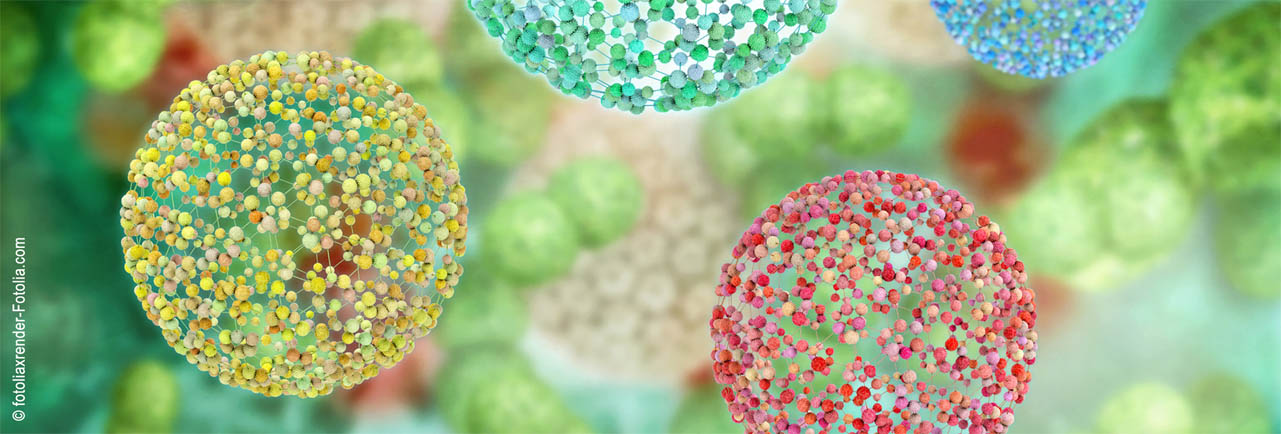Speaker
Description
pH-responsive polymers have enabled the development of novel materials with a wide range of applications in food science, biotechnology, pharmaceutics, catalysis, agriculture and other fields. These materials are based on electrostatic interactions of polyelectrolyte charged groups such as phosphate, carboxylate, sulfonate, ammonium or pyridinium. However, in weak polyions, the ionization state of these groups depends not only on the solution pH but also on the ionization state of other ionizable or protonable groups in their proximity. This phenomenon is well-known as charge regulation [1–3]. The effect of charge regulation influences actively the electrolytes complexes in polyions. The purpose of this study is to investigate the interaction between two weak polyions, poly(methacrylic acid), PMAA and oligolysines (2, 4 and 8 lysine units) and different pH values and molar ratios of carboxylic/carboxylate to amino/ammonium groups. Using scattering techniques (SLS, DLS, SAXS), we determined how the critical concentration for oligolysines binding to PMAA depends on pH. Our measurements showed that, as a result of the interaction with the carboxylate group of PMAA, oligolysines bound to PMAA even at high pH at which they are not protonated

